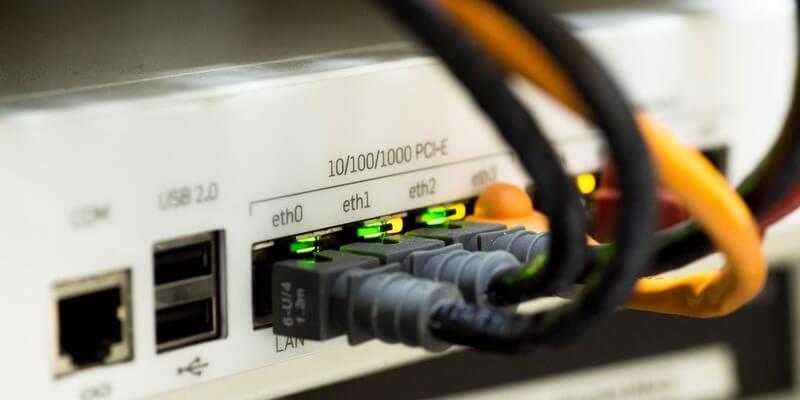How to Effectively Monitor Your Wired Network’s Performance


Wired networks are common in the business world as a way to connect work-related devices to a common network. They are deliberately confined to a small area (such as an office or building), meaning that they only service a small section of people. These intentional limitations make wired networks a popular choice to connect business devices together. With so many wired networks operating around the globe, it’s important to monitor their performance to keep business productivity up.
Many network performance monitors (NPMs) come equipped with features designed specifically for wired networks. It’s important to keep your wired network in check with an NPM so you know it’s performing as well as it can. Here are some tips to effectively monitor your wired network’s performance.
Security is still important
It’s easy to assume that because a wired network only services computers and devices that you physically connect to it, you can be more relaxed when it comes to security. However, that couldn’t be farther from the truth. While wired connections need to be physically set up, that doesn’t necessarily mean every device that connects to it is completely under control.
Many businesses run an independent Wi-Fi network around their campus in addition to a wired one, and most devices support both a wired and wireless connection. That means if something hazardous goes across the Wi-Fi network and it ends up stored on a device, the wired network might be compromised as well. Your NPM will alert you to security breaches or flaws on any of your networks, and it’s a good idea to see if the issue affects your wired network even if it doesn’t originate there.
Safe access control polices
Because wired network connections aren’t available for every device in range, they’re generally thought of as safer when it comes to sensitive or critical information. However, it’s still important to practice access control protocols. With the help of your NPM, you can determine which nodes can be accessed by certain devices. That way, information that should be kept off of less protected systems can avoid those nodes while in transit. Devices on an Ethernet network have a media access control address (or MAC address) to identify themselves on a network. An NPM can keep track of these MAC addresses and determine information access based on the device it belongs to.
High speeds and user error
While this isn’t always the case, wired networks are typically faster than wireless ones. Higher data speeds is a good thing for many reasons, such as allowing more information to be transmitted over a certain period of time. Wired networks also usually feature more consistent data speeds, so you’ll avoid the frustration of losing valuable time waiting for data to move across the network.
However, these faster speeds may make performance monitoring tougher because it will have to analyze more data quickly. Most NPMs are equipped to handle the higher speeds of wired networks, but is your IT team equipped for them? If someone accidentally sends dangerous data down the network, the high speeds of a wired network make the window to stop it from progressing along the network smaller. Your IT staff should be trained on how to prevent network damage caused by operator error.
Check us out on Twitter for the latest in NetMon news and developments!





















